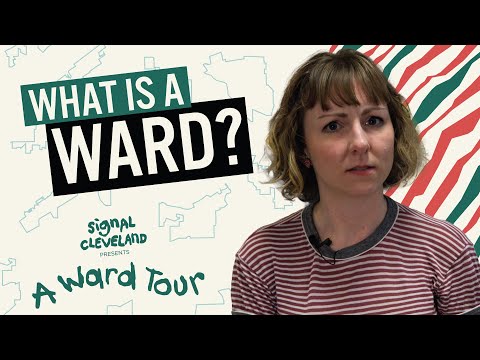Cleveland City Council is getting ready to begin its once-in-a-decade ward redistricting process.
What exactly goes into that?
What is a Cleveland ward?
A ward is a political boundary used to determine representation on Cleveland City Council. Regular elections for those seats are held every four years.
To tell us more about wards and redistricting, we spoke with City Council President Blaine Griffin.
In addition to being council president, Griffin is the council member for Cleveland’s Ward 6.
What are council members’ responsibilities to ward residents?
Along with voting on city laws and spending public money, council members are responsible for serving the ward’s best interests.
Ward boundaries have official – and unofficial – importance for Cleveland residents. Council members often serve as de facto complaint lines when city services break down. Members also pay for development projects and direct aid with discretionary dollars such as casino funds.

Suggested Reading
How are wards drawn?
Ward boundaries must be drawn each decade after the census to match the city’s population.
“We want to keep neighborhoods as whole as possible because people are really attached to their neighborhoods, that’s what gives it a sense of community, “ Griffin said. “However, because of population decline, after the census, we have to recalculate the wards.”
Cleveland’s charter says each ward should be made up of roughly 25,000 people. Griffin gave an example of what happens when the numbers change.
“If one neighborhood in a ward lost 50% of its population, well… that neighborhood being brought into another ward is more likely,” he said. “Then you may have other areas that are the exact opposite”
Because the city lost residents over the past decade, the number of wards is expected to fall from 17 to 15 before the next council election in 2025.
Griffin said council members could take action to change things.
“Unless we take major legislative action, we’ll go down to 15. I think all of us have to be willing to gain some area, and all of us are going to have to be willing to lose some area. So we’re going to let the data drive those decisions,” he said.



